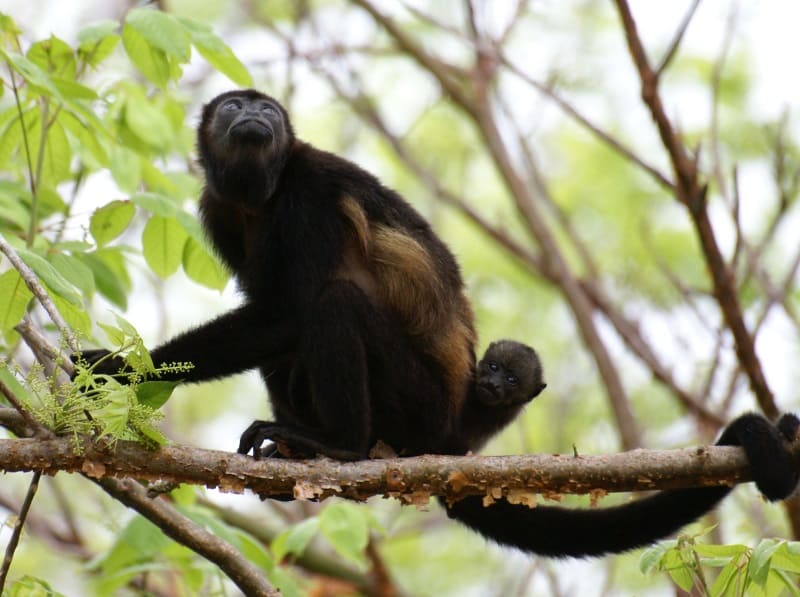Costa Rica is famous for its lush jungles, exotic wildlife, and progressive environmental policies. However, unregulated construction and poor urban planning pose a significant threat to the country’s biodiversity. As a result, thousands of howler monkeys have been electrocuted by power lines in the region of Nosara, Guanacaste.
Between 2018 and 2019, over seven thousand incidents were recorded, with howler, white-faced, and marmoset monkeys among the most affected species. The accelerated loss of habitat forces the animals to use power lines to move across the region. Unfortunately, the number of cases is believed to be underreported, and the actual impact on wildlife is unknown.
Several NGOs and environmental experts agree that Costa Rica needs to take urgent action to approve legislation to conserve its wildlife. The government should establish the obligation to carry out environmental impact studies regarding electricity distribution to protect wild species, either with subterranean, insulated, or semi-insulated cables.
Inés Azofeifa, a researcher at the SalveMonos organization, believes it is urgent to intervene in spots where the most significant number of animal electrocutions are reported.
Uncontrolled growth and poor urban planning are part of the problem, says Luis Diego Marín, Preserve Planet’s regional coordinator. He suggests that the Legislative Assembly should create an adequate legal framework where an exhaustive analysis of the affected regions is carried out. Based on such analysis, new legislation should oblige everyone living in the area to create biological corridors for the monkeys to move.
Ariel Robles, deputy of the Frente Amplio, is aware of the problem and proposes a project that would compel the State to build wildlife crossings. He emphasizes that many people come to Costa Rica to see wildlife that is alive, protected, and in all its splendor.
The sustainable electrification team, led by the Ministry of Environment and Energy (MINAE), acknowledged that there is much work to do and that poor planning is a fundamental factor in causing this fragmentation of ecosystems.
Shirley Ramirez, a biologist with the National Commission for Biodiversity Management (CONAGEBIO), points out that electrocutions caused by power lines have a significant impact on the country’s biodiversity, quality of life, and tourism.
Costa Rica must take immediate action to ensure that urban areas develop in an orderly manner and in harmony with nature. The sustainable development of the country’s cities is crucial for the survival of its unique wildlife.
The Legislative Assembly must create new legislation that obliges everyone living in the affected regions to build wildlife crossings. Environmental impact studies must be conducted before electricity distribution, and the most significant spots where animal electrocutions are reported should be immediately intervened.
Costa Rica’s unique biodiversity is a treasure that the country must protect. Costa Rica’s people and economy depend on its natural resources, and it is the responsibility of all to ensure that they are conserved for generations to come






